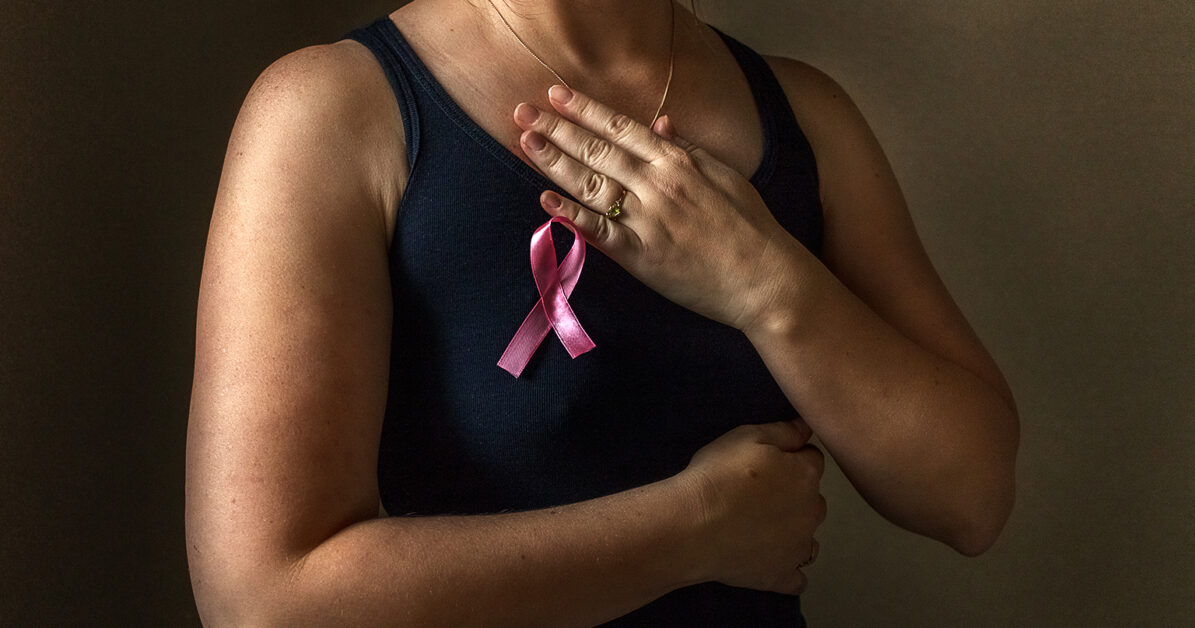
Breast Cancer Awareness: Early Detection Saves Lives

October is Breast Cancer Awareness Month, a time dedicated to raising awareness, promoting early detection, and supporting those affected by the disease. Regular screenings can save lives, especially in underserved communities where access to care may be limited. Join us this month in spreading knowledge and advocating for life-saving resources and support.
8 Quick Facts About Breast Cancer
- 1 in 8 women will develop invasive breast cancer in their lifetime.
- 297,000+ new cases of invasive breast cancer are expected in 2024.
- Men can get breast cancer too—around 2,400 cases diagnosed yearly.
- 5-year survival rate is 90%, higher with early detection.
- Breast cancer is the second leading cause of cancer death in U.S. women.
- Black women have a higher mortality rate despite similar diagnosis rates.
- Annual mammograms are recommended starting at age 40.
- Risk factors include age, family history, genetics, and lifestyle.
Breast Cancer and African American Women
Black women have a higher breast cancer mortality rate compared to white women, despite similar diagnosis rates. This is due to several contributing factors:
Later stage diagnosis: African American women are more likely to be diagnosed at later stages when the cancer is more advanced and harder to treat. This is often due to disparities in access to screening and healthcare.
Access to high-quality care: There are significant disparities in access to high-quality healthcare, including timely diagnosis, treatment options, and follow-up care.
Healthcare bias: Implicit biases in the healthcare system can affect the quality of care Black women receive, leading to differences in treatment options, follow-up, and overall management of the disease.
Genetics: African American women have higher rates of certain genetic mutations, including BRCA1 and BRCA2, which are associated with an increased risk of breast cancer.
Comorbidities: Black women may have higher rates of other health conditions, such as diabetes or hypertension, which can complicate cancer treatment and impact survival.
The Role of Community Health Centers in Addressing Breast Cancer Disparities
Community healthcare centers are addressing breast cancer disparities by improving access to screening and early detection. Many centers offer low-cost or free mammograms, particularly in underserved areas where African American women might have difficulty accessing preventive care. Outreach programs and mobile health units help eliminate transportation barriers and ensure that women can get the care they need.
In addition to providing screening, community healthcare centers are enhancing education and awareness efforts, from culturally relevant campaigns to training healthcare providers in cultural competency to foster trust and improve communication.
To further reduce barriers, many centers, like Marin City Health and Wellness Center, offer patient navigation programs to support women through the complex healthcare system. These navigators help patients schedule appointments, understand their treatment options, and connect with financial resources, making sure that economic or logistical challenges do not delay treatment.
Early Detection Screening
Early detection is crucial in the fight against breast cancer because it significantly improves survival rates by catching the disease at a stage when it is most treatable. When breast cancer is detected early, before it has spread, the 5-year survival rate can be as high as 99%. Regular mammograms can identify tumors before they are large enough to cause symptoms. For Black women, who are more likely to develop aggressive forms of breast cancer, timely diagnosis can mean the difference between life and death, as it allows for quicker intervention and less intensive treatment. By finding cancer early, healthcare providers can offer a wider range of treatment options, increasing the chances of successful outcomes and reducing the likelihood of the disease progressing to more dangerous stages.
A Note About Self-Exams
While they do not replace regular mammograms or professional screenings, monthly breast self-exams help people become familiar with how their breasts normally look and feel, making it easier to notice any unusual changes, such as lumps, swelling, or changes in texture. Detecting abnormalities early through self-exams can prompt further evaluation and, if necessary, lead to earlier diagnosis and treatment.
Breast Cancer in Younger Women
Breast cancer in women under 40 is relatively uncommon, accounting for only about 5-7 percent of all cases, but younger women are more likely to develop fast-growing types of breast cancer. Those with a family history or genetic mutations like BRCA1 or BRCA2 are at higher risk. Unfortunately, because routine screening isn’t as common in this age group, breast cancer is often diagnosed at a later stage. This is why it is important to get tested—a simple blood test—for BRCA1 or BRCA2.
About MCHWC
Marin City Health and Wellness is a community health clinic serving Marin and San Francisco Counties, providing innovative health and wellness services to all, with the goal of African American health equity.
For an appointment, call (415) 339-8813.


